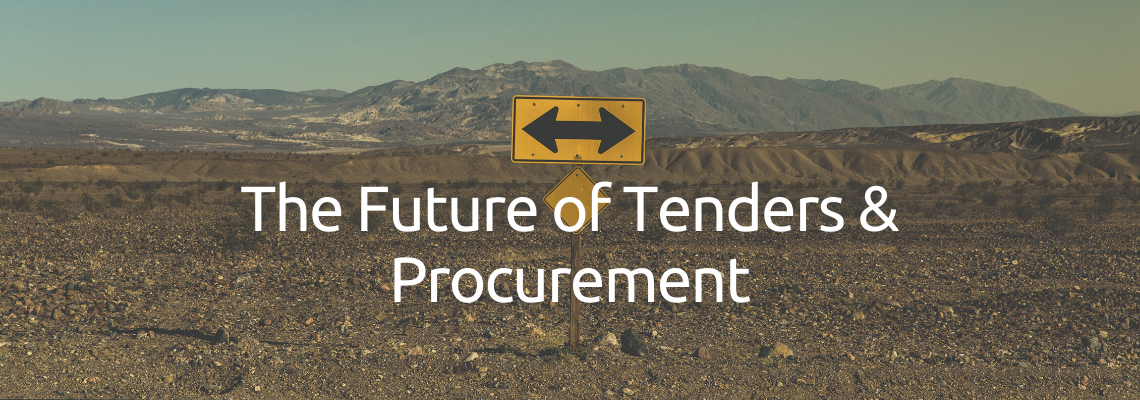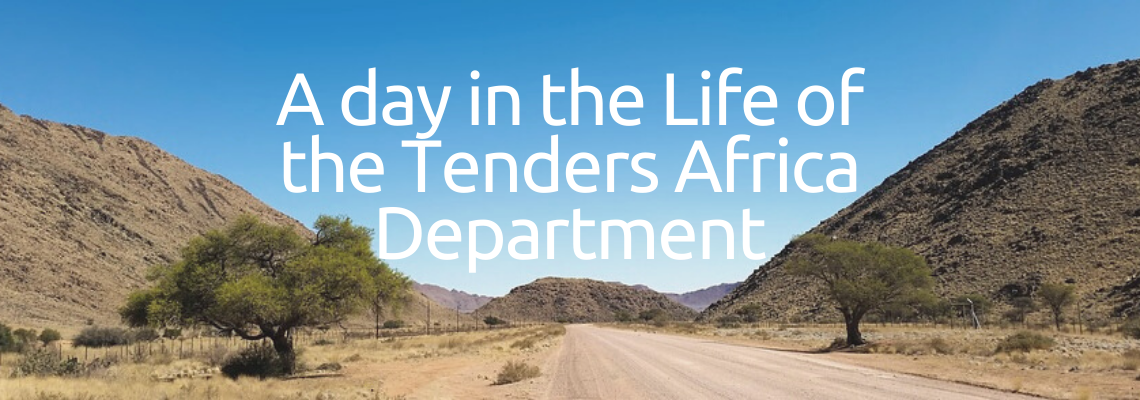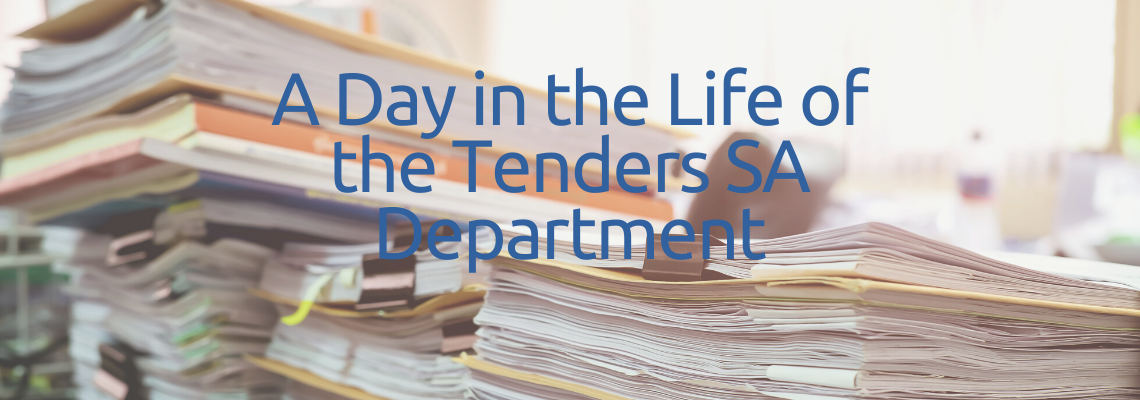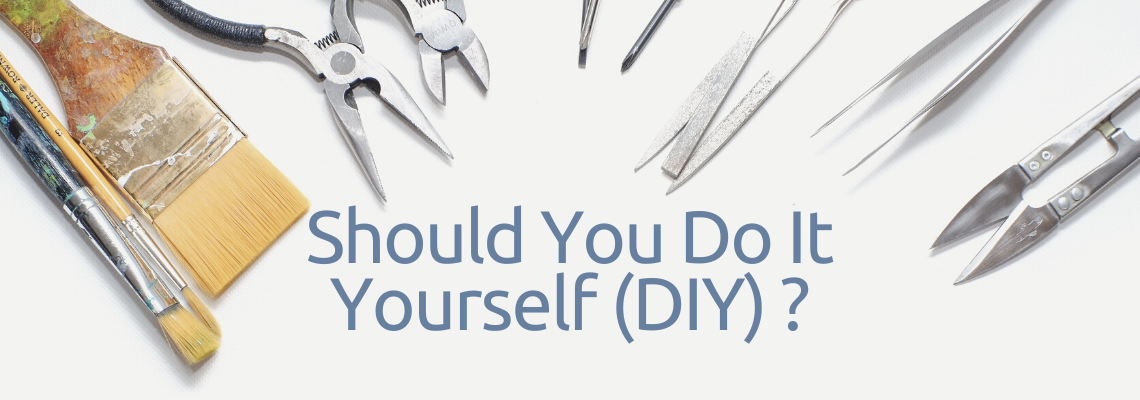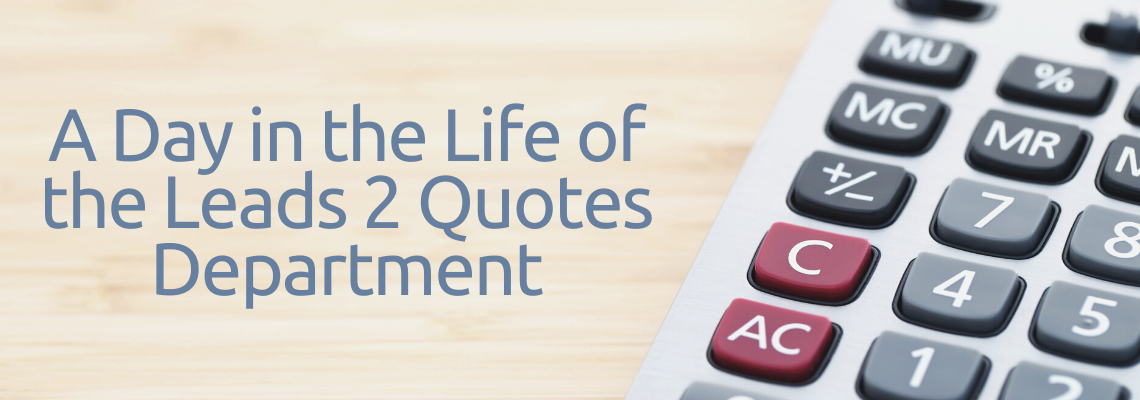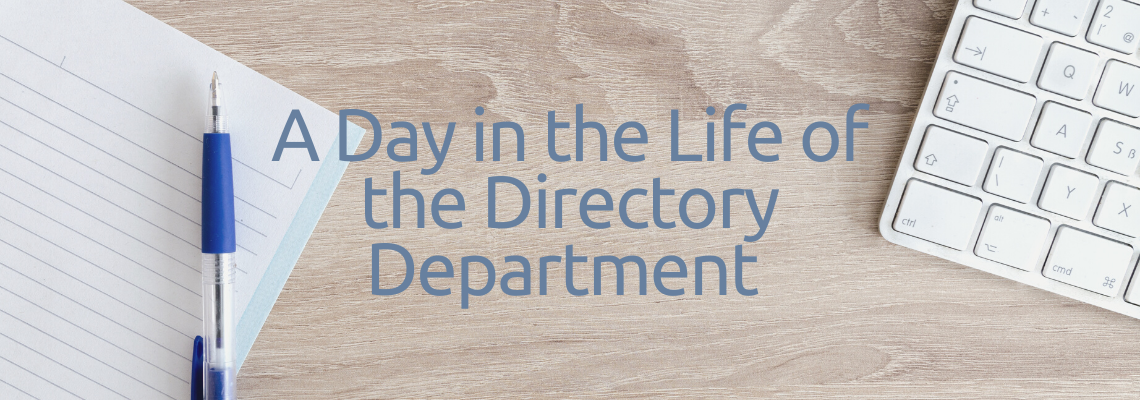
Firstly, Coffee, always, no question about it. You’re going to need it.
We source Projects from the Conceptual Feasibility Stages right through the Project Life Cycle until Practical Completion also included are possible cancellations or postponements.
I have a system that starts with my diary (an extensively decorated one), a stats sheet and a writing pad. I plan the day before, yes, I’m “that” person. At the end of each day, I try to take 5 minutes to jot down the following day’s work plan in order of priority.
Each day is different; with many phone calls, emails and general queries. Queries can come through at any time, and I welcome the challenge to source what our clients need. At L2B, our goal is to provide the best customer service and always go the extra mile.
I spend most of my day on the phone so my headset comes in handy allowing me to type while on the phone.
I check my list of daily sources for new projects and updates on existing projects. When adding new projects to our site, I always ask for the full professional team and any information possible that will assist our subscribers with the most up to date and accurate and relevant information.
My duties involve sourcing new upcoming developments specific to Gauteng. I sift through a pile of sourced documents to locate viable projects; some include Background Information Documents, motivational memorandums and other assessments for the proposed development. Not only do we source and add documents, but we also add artist impressions and site progress images to each PPA. I engage with EIA consultants, Town Planners and various other Consultants to ensure I get Leads from the earliest possible stages. I have built relationships with clients, professionals and contractors over the years and call them for updates and information regularly.
We also have projects that we add from Tender Notices that we publish on our website.
We have added services where we endeavour to obtain site registers, bidders lists, bill of quantities and the list of subcontractors involved in each project. Whether it is a public or private project.
We have spreadsheets for everything which I love. It’s a very well organised system. Each spreadsheet is readily accessible by each staff member and needs to be updated constantly throughout the day. Timesheets, Queries sheet, Whatsapp Sheet, Sources, Subcontractors Pulse etc. In addition, we also have monthly, quarterly and annual targets.
We have an amazing CRM system whereby we can maintain relationships with our subscribers. We do courtesy calls and check up on our subscribers, offer assistance and training.
We’re online daily during working hours via our Live-Help chat and ready to assist anyone who comes through on the chat. Whatsapp queries. We have Whatsapp leads also that come through constantly throughout the day.
All of the above happens at my desk which contains all the goodies that I need such as stationery, a cellphone stand, water, a coffee cup etc. Most of it is painted blue – my favourite colour.
Lastly, all staff members are given the opportunity to write a blog during the year, which led to the creation of this blog.
Should you wish to view my recently added projects – please do so by visiting Leads 2 Business or Contact Me with any project related queries.
To view more Articles, please visit our Leads 2 Business Blog.
If you are interested in becoming one of our subscribers, please visit Leads 2 Business.
To view notes with screenshots on how to use our website, please visit Leads 2 Business Wiki.
About Michelle Crosby
I started my journey at Leads 2 Business in the Directory Department in 2012. I was then promoted to the Private Projects Department in 2014 and was recently promoted to Projects HOD this year.
- Web |
- More Posts(30)



